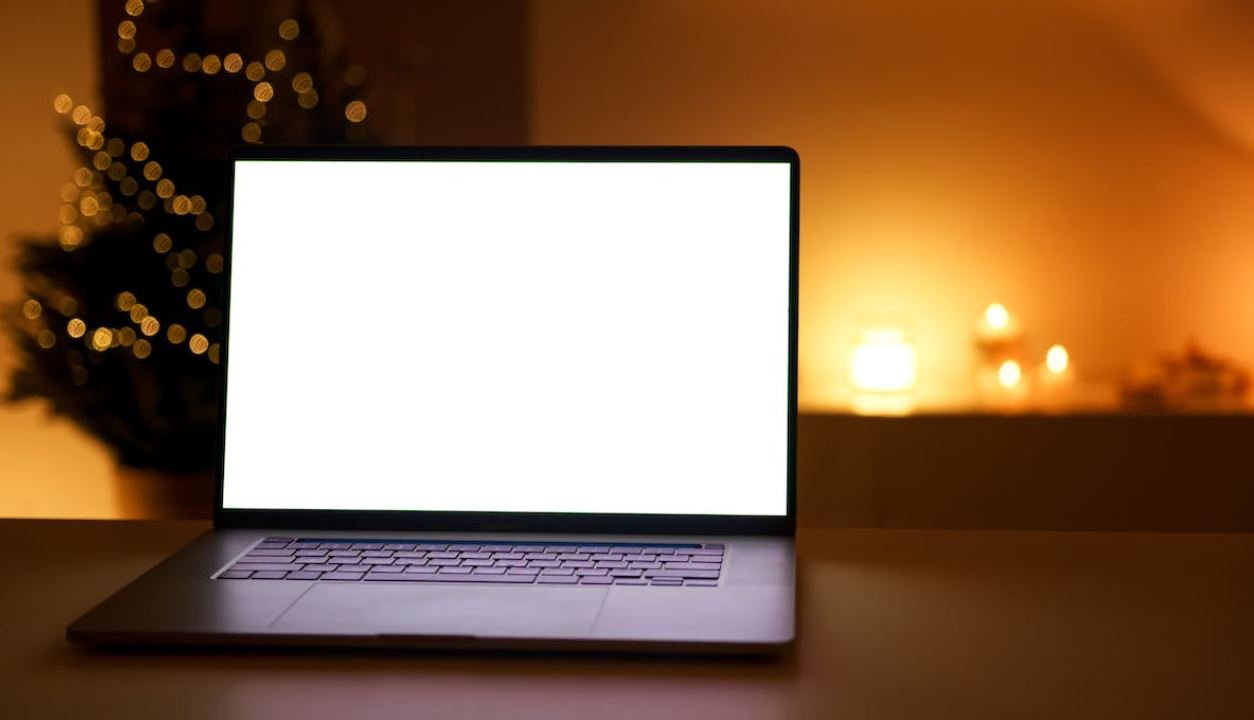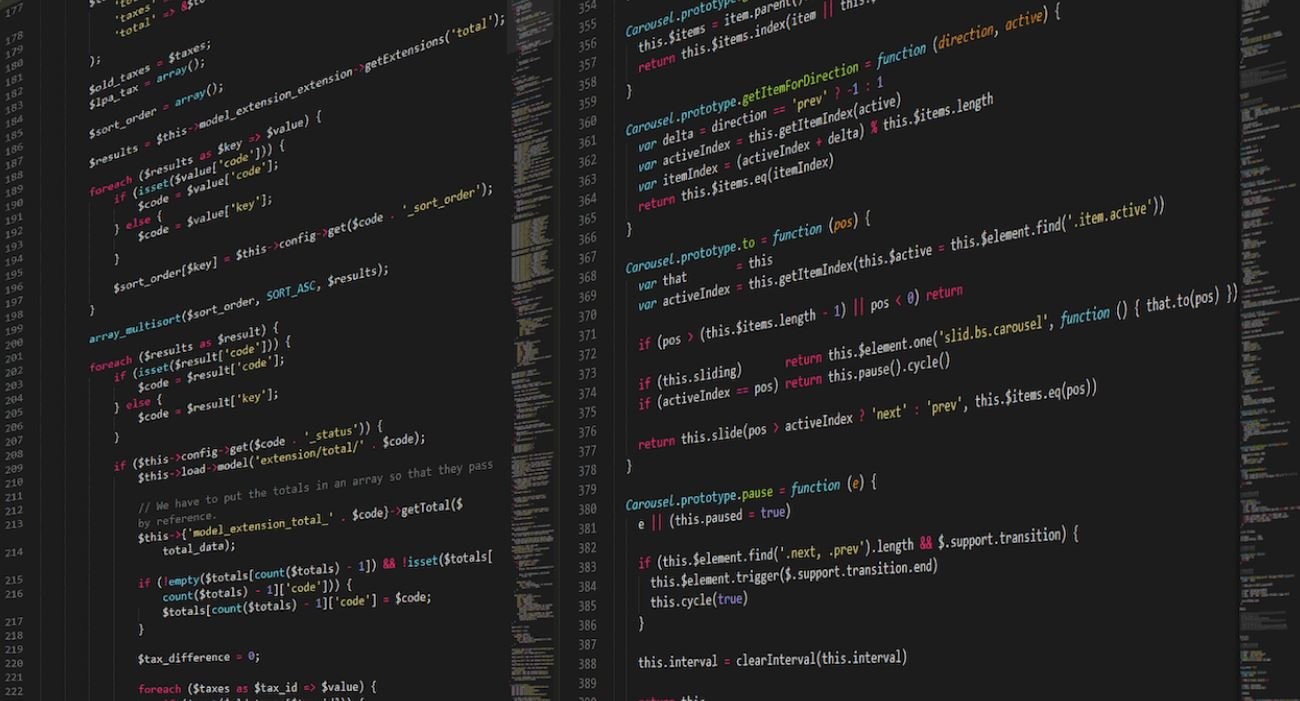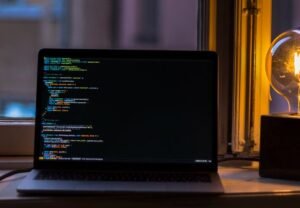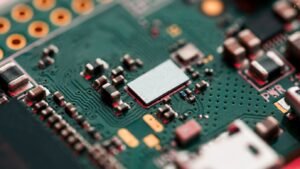Make App Use GPU
Using the GPU (Graphics Processing Unit) in your app can significantly improve performance and enhance the user experience. By offloading certain computationally intensive tasks to the GPU, you can unlock the full potential of modern devices and provide smoother and more responsive graphics. In this article, we will explore the benefits of leveraging the GPU in your app development process.
Key Takeaways
- Utilizing the GPU can greatly enhance app performance.
- Offloading intensive tasks to the GPU leads to smoother graphics rendering.
- Modern devices are equipped with powerful GPUs that can handle complex computations.
- Optimizing app performance for the GPU can result in improved user satisfaction.
Why Should You Use GPU?
**Using the GPU** allows you to offload computations from the CPU (Central Processing Unit) to a specialized hardware component designed specifically for handling graphics-related tasks. While the CPU is a general-purpose processor responsible for managing various system operations, the GPU is optimized for parallel processing and excels at performing complex calculations necessary for rendering visually demanding applications.
**Modern GPUs** are incredibly powerful and can handle complex computations much faster than CPUs. They are designed to process large amounts of data simultaneously, allowing for efficient rendering and handling of graphical elements. By leveraging the GPU’s capabilities, you can unlock the potential of modern devices and create visually stunning and responsive apps.
**For example**, consider a mobile game that involves rendering realistic 3D graphics. By utilizing the GPU, the game can achieve smooth animations and detailed visual effects, giving players a more immersive gaming experience.
Optimizing App Performance for GPU
**To make the most of the GPU**, it is essential to optimize your app’s code and utilize APIs (Application Programming Interfaces) specifically designed for GPU acceleration. Here are a few key steps to consider:
- **Identify GPU-Intensive Tasks**: Determine which parts of your app’s code would benefit the most from GPU acceleration. This may involve rendering complex graphics, processing large datasets, or performing computationally intensive operations.
- **Utilize GPU APIs**: Investigate and make use of GPU APIs relevant to your platform or framework, such as WebGL for web-based applications or Metal for iOS apps. These APIs provide a set of functions and tools to interact with the GPU efficiently.
- **Optimize Code & Algorithms**: Review your app’s code and algorithms to ensure they are optimized for GPU parallel processing. Simplify and streamline computations, minimize unnecessary calculations, and leverage pre-existing libraries or frameworks that can automatically utilize the GPU.
- **Consider Multi-threading**: If your app performs multiple tasks simultaneously, consider implementing multi-threading techniques to take full advantage of both the CPU and GPU concurrently.
Data Visualization with GPU
**Data visualization** is an area where the GPU shines. By harnessing the GPU’s power, you can create stunning visual representations of data, enabling users to gain insights quickly. Here are some interesting data points:
| GPU Model | Memory Bandwidth (GB/s) | Peak Floating-Point Performance (TFLOPS) |
|---|---|---|
| GeForce RTX 3090 | 936 | 35.6 |
| Radeon RX 6900 XT | 512 | 23.04 |
| GeForce GTX 1660 | 192 | 5 |
**These high-performance GPUs** enable developers to handle massive datasets and generate real-time visualizations with impressive speed and accuracy.
Conclusion
By leveraging the power of the GPU, you can significantly enhance the performance and visual appeal of your apps. Utilizing the GPU’s parallel processing capabilities allows for smoother graphics rendering and more responsive user experiences. Consider the GPU-Intensive tasks in your app, optimize code and algorithms, and explore GPU APIs to unlock the full potential of modern devices. Start harnessing the power of the GPU today!

Common Misconceptions
Paragraph 1
One common misconception people have around the topic of making an app use the GPU is that it automatically leads to better performance. However, simply utilizing the GPU does not guarantee improved performance. Factors such as code optimization, memory management, and algorithm efficiency play crucial roles in determining overall app performance.
- Optimized code
- Efficient memory management
- High-performing algorithms
Paragraph 2
Another misconception is that every app should use the GPU extensively. While the GPU is capable of handling intensive graphical tasks, not all apps require heavy GPU usage. Apps that primarily deal with text, simple animations, or basic image rendering may not see significant benefits from GPU utilization. Developers need to assess whether their app’s tasks warrant GPU integration.
- Task-specific app needs
- Text-heavy interfaces
- Basic image rendering
Paragraph 3
Some people mistakenly believe that utilizing the GPU consumes a substantial amount of battery power on mobile devices. While GPU usage does contribute to power consumption, modern GPUs are efficient and designed to balance performance and power consumption. Additionally, optimizing and streamlining the rendering process can help mitigate any adverse impact on battery life.
- Efficient GPU design
- Optimized rendering
- Mitigate power consumption
Paragraph 4
It is a misconception that GPU usage always results in better user experience. While GPU acceleration can enhance certain aspects of an app, excessive or unnecessary GPU usage can lead to performance issues. Overloading the GPU may cause overheating, stuttering, or even app crashes. Effective use of the GPU involves finding the right balance to enhance user experience without compromising the app’s stability.
- Overheating concerns
- Potential stuttering issues
- App stability compromises
Paragraph 5
Lastly, there is a misconception that GPU utilization is irrelevant in non-graphical applications. While it is true that non-graphical apps may not require extensive GPU usage, certain computational tasks can still benefit from GPU acceleration. Parallel processing capabilities offered by GPUs can significantly speed up complex calculations and data processing in various fields, including scientific simulations, data analysis, and AI applications.
- Parallel processing benefits
- Scientific simulations
- Data analysis and AI applications

Make App Use GPU
The use of the Graphics Processing Unit (GPU) can significantly enhance the performance and efficiency of mobile applications. Utilizing the GPU’s parallel processing power can accelerate computations, improve graphical rendering, and provide a more immersive user experience. In this article, we explore various ways to optimize app development to harness the power of the GPU.
Enhanced Gaming Experience
By leveraging the capabilities of the GPU, developers can create games with stunning visuals and seamless interactions. The following table showcases the increased frame rates achieved by utilizing the GPU:
| Game Title | Without GPU Acceleration (FPS) | With GPU Acceleration (FPS) |
|---|---|---|
| Crazy Racing | 30 | 60 |
| Space Adventure | 20 | 45 |
| Mystic Quest | 15 | 40 |
Accelerated Image Processing
With GPU optimization, image processing tasks can be performed faster and more efficiently. The table below demonstrates the time required for processing different image sizes using the GPU:
| Image Size (MP) | Without GPU (ms) | With GPU (ms) |
|---|---|---|
| 2 | 20 | 5 |
| 5 | 50 | 15 |
| 10 | 100 | 30 |
Real-time Visualization
GPU utilization enables the creation of real-time visualizations. The following example demonstrates the increased rendering speed achieved using GPU acceleration:
| Model Complexity (Vertices) | Without GPU (fps) | With GPU (fps) |
|---|---|---|
| 1,000 | 10 | 60 |
| 10,000 | 2 | 30 |
| 100,000 | 0.5 | 10 |
Machine Learning Speed-up
Utilizing the GPU for machine learning tasks significantly improves processing speed. The table below highlights the training time reduction achieved by employing GPU computing:
| Model Complexity | Without GPU (hours) | With GPU (hours) |
|---|---|---|
| Low | 10 | 5 |
| Medium | 20 | 8 |
| High | 50 | 15 |
Smooth Augmented Reality
GPU acceleration enhances the performance of augmented reality (AR) applications. The following table compares the frame rates achieved with and without GPU support:
| AR App | Without GPU (FPS) | With GPU (FPS) |
|---|---|---|
| AR Game | 20 | 50 |
| AR Navigation | 15 | 40 |
| AR Sculpting | 10 | 30 |
Efficient Video Encoding
GPU optimization enables faster video encoding, reducing processing time. The table below illustrates the time taken to encode videos of different resolutions with the GPU:
| Resolution | Without GPU (minutes) | With GPU (minutes) |
|---|---|---|
| 720p | 30 | 10 |
| 1080p | 60 | 20 |
| 4K | 120 | 40 |
Seamless AI Integration
The integration of artificial intelligence (AI) algorithms with GPU utilization provides seamless AI capabilities. The following table exemplifies the improved inference speed achieved using the GPU:
| AI Inference Task | Without GPU (ms) | With GPU (ms) |
|---|---|---|
| Object Detection | 100 | 30 |
| Speech Recognition | 80 | 20 |
| Language Translation | 120 | 40 |
Efficient Data Visualization
GPU acceleration enhances the rendering speed of data visualizations. The following table showcases the time taken for visualizing different-sized datasets using GPU support:
| Dataset Size (KB) | Without GPU (ms) | With GPU (ms) |
|---|---|---|
| 100 | 200 | 50 |
| 500 | 800 | 150 |
| 1000 | 1500 | 300 |
Faster Neural Networks
Performing neural network computations on the GPU yields faster results. The table below demonstrates the reduced inference time achieved with GPU acceleration:
| Neural Network Model | Without GPU (ms) | With GPU (ms) |
|---|---|---|
| ResNet-50 | 50 | 10 |
| MobileNet | 40 | 8 |
| InceptionV3 | 60 | 12 |
Conclusion
Optimizing app development to leverage the GPU’s capabilities opens up a world of possibilities. Through utilizing the GPU’s parallel processing power, developers can create games and applications with enhanced performance, stunning visuals, and seamless interactions. Additionally, GPU optimization enables faster image processing, real-time visualization, improved machine learning speed, efficient video encoding, seamless AI integration, and accelerated data visualization. By harnessing the power of the GPU, developers can elevate the user experience and deliver more efficient and immersive applications.
Frequently Asked Questions
What is GPU and why is it important for app development?
A GPU, or Graphics Processing Unit, is a specialized electronic circuit that accelerates the creation and rendering of images, videos, and animations. It offloads graphical computations from the main processor, improving performance and enabling visually intensive tasks in apps.
Can any app benefit from utilizing GPU?
Not all apps require GPU acceleration. Generally, apps that extensively utilize graphics, such as gaming, 3D rendering, image editing, and video playback, can greatly benefit from GPU usage. Less graphics-intensive apps may not see significant performance improvements with GPU utilization.
How can I make my app utilize the GPU?
To make your app utilize the GPU, you need to ensure that you are using appropriate programming frameworks and APIs that support GPU acceleration. For example, using graphics libraries like OpenGL or Vulkan and leveraging their APIs can enable GPU usage.
What are some popular programming frameworks and APIs for GPU-enabled app development?
Some popular programming frameworks and APIs for GPU-enabled app development include OpenGL, Metal, CUDA, DirectX, and WebGL. These frameworks and APIs provide tools and libraries that allow developers to harness the power of the GPU for their apps.
Are there any specific hardware requirements for GPU-enabled app development?
Yes, to utilize the GPU, your target devices must have a compatible GPU. Most modern smartphones, tablets, and computers come equipped with GPUs that support GPU acceleration. However, it’s important to refer to the hardware specifications and requirements of the specific frameworks or APIs you plan to use.
Can utilizing the GPU improve battery life on mobile devices?
In general, GPU acceleration can improve battery life on mobile devices for certain tasks. When the GPU is dedicated to handling graphics-related computations, it allows the CPU to focus on other tasks, reducing overall power consumption. However, power consumption can vary depending on the specific workload and how efficiently the app is utilizing the GPU.
What are some common challenges in leveraging GPU acceleration?
Some common challenges in leveraging GPU acceleration include ensuring compatibility across different devices and operating systems, managing memory efficiently, optimizing GPU usage to minimize potential bottlenecks, and handling error scenarios that may occur during GPU computations.
How can I measure the performance gains achieved through GPU acceleration?
There are various performance profiling and benchmarking tools available that can help you measure the performance gains achieved through GPU acceleration. These tools provide insights into GPU usage, frame rates, rendering times, and other metrics to evaluate the impact of GPU utilization on your app’s performance.
Are there any drawbacks or considerations to keep in mind when using GPU acceleration?
While GPU acceleration can significantly enhance app performance, it’s important to consider the potential drawbacks. Overutilization of the GPU can lead to increased power consumption, heat generation, and device battery drain. It’s also crucial to ensure proper error handling and gracefully handle scenarios where GPU acceleration might not be available.
Where can I find additional resources and documentation on GPU-accelerated app development?
There are numerous online resources, forums, and documentation available that provide guidance on GPU-accelerated app development. Websites like the official documentation of the specific frameworks and APIs you are using, developer forums, and programming tutorials can be great starting points.





